The Great Plains, a vast expanse of flat lands in the United States, is known for its rolling grasslands and unpredictable weather patterns. It is a region where nature often displays its raw power, but none more fearsome than the violent thunderstorms that occasionally sweep through the area. Among the storms that have raked this vast region, one stands out—not only for its intensity but also for the impact it left in its wake. As meteorologists continue to study these phenomena to predict future storms, this historic tempest remains a pivotal example of nature’s immense power.
An Introduction to the Great Plains
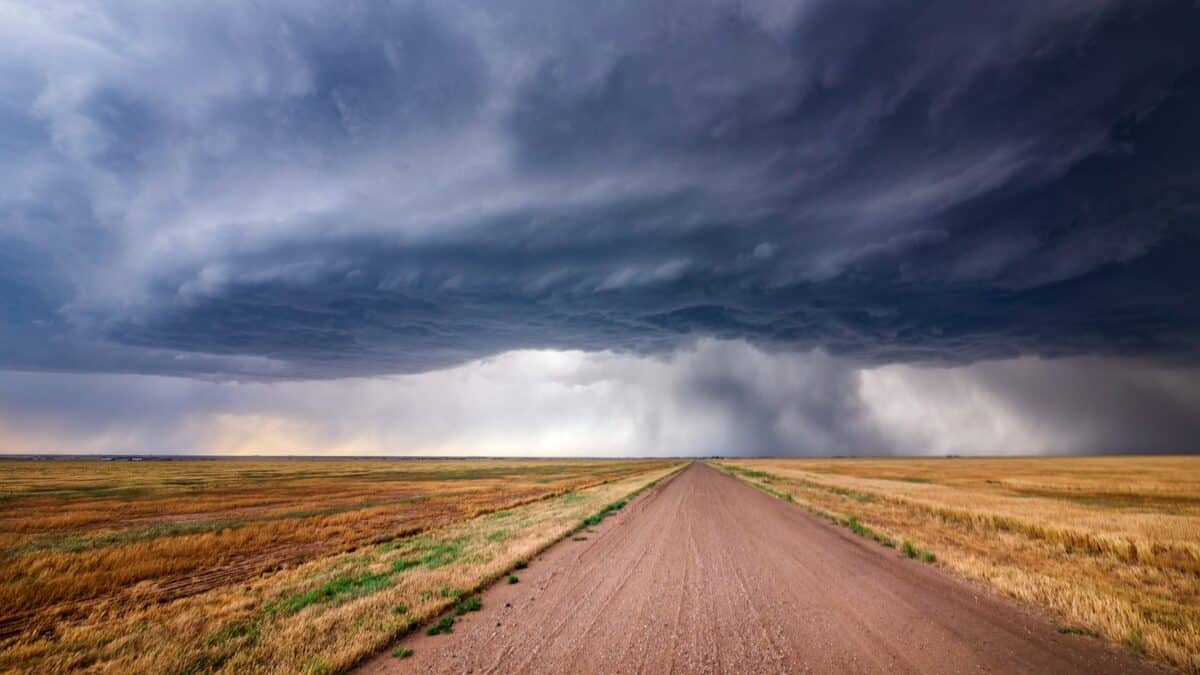
The Great Plains stretch across ten U.S. states, from Texas in the south to Montana and North Dakota in the north. Known for their vast prairie lands, this region plays host to a wide range of weather patterns, from the searing heat in the summer to frigid snowstorms in the winter. The area is also at the heart of Tornado Alley, a region infamous for its tornado activity, which often accompanies severe thunderstorms.
What Defines a Thunderstorm?

A thunderstorm is a storm characterized by the presence of lightning and its acoustic effect on the Earth’s atmosphere, known as thunder. Thunderstorms pack heavy rains, strong winds, and sometimes hail, causing damage to the natural environment and human settlements alike. Severe thunderstorms have the potential to produce tornadoes, making them even more dangerous.
The Science Behind Thunderstorms
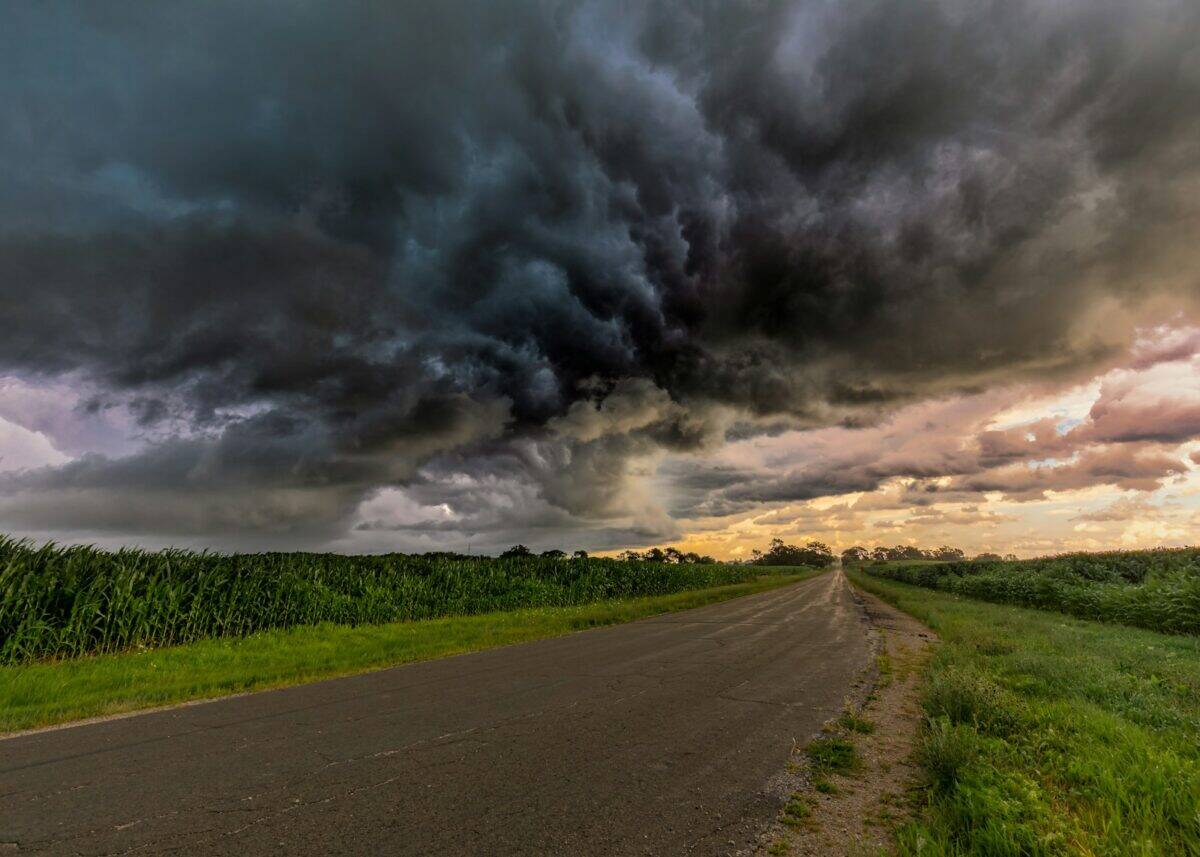
Thunderstorms occur when warm, moist air rises in a cold air environment, creating the perfect conditions for precipitation and lightning. As warm air ascends, it cools and condenses into clouds and rain. The updrafts and downdrafts within a storm cloud generate static electricity, leading to the intense lightning typical of thunderstorms.
The Build-Up to the Most Violent Storm
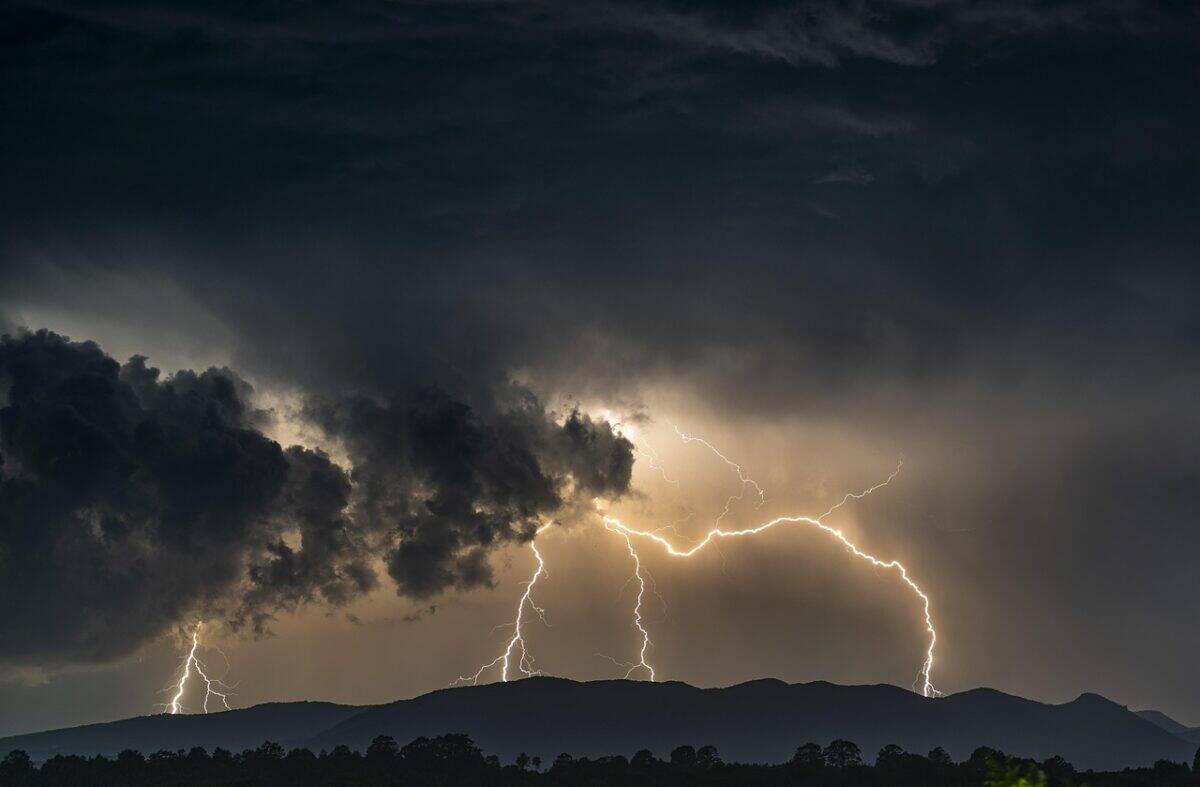
The storm in question began developing as a low-pressure system over the Rocky Mountains. This system moved eastward, drawing in moisture from the Gulf of Mexico, setting the stage for an explosive weather event. Meteorologists identified the potential for severe weather days in advance, but the storm’s ultimate fury exceeded predictions.
Unleashing Chaos: The Storm Strikes
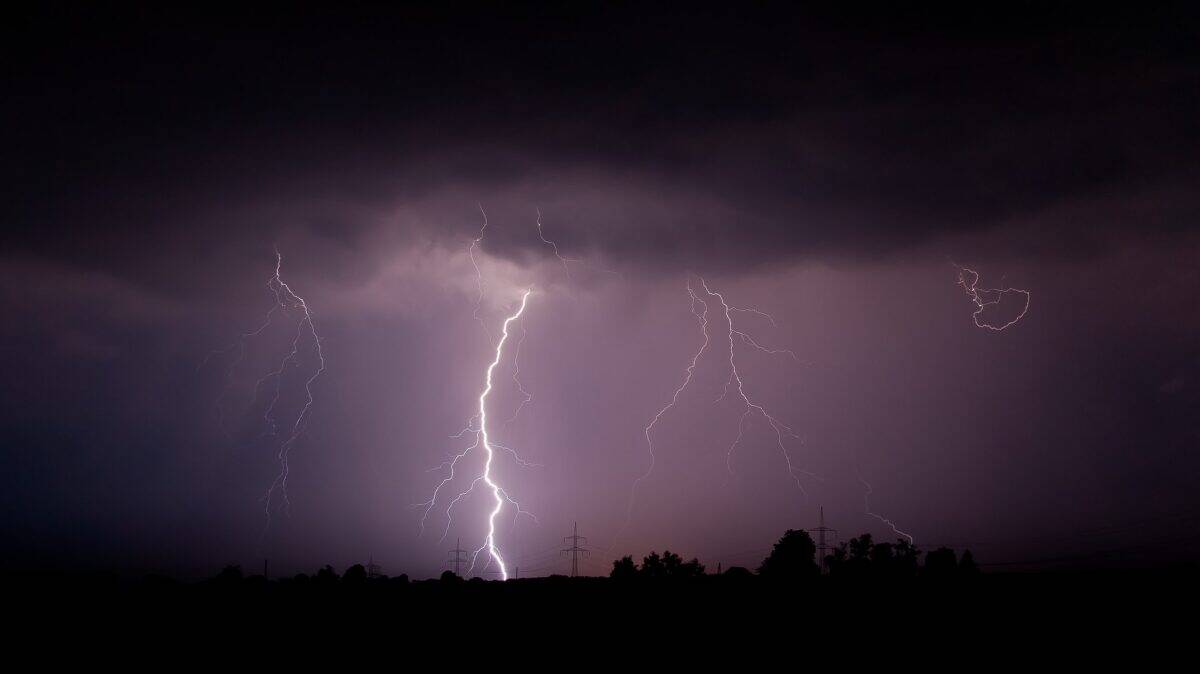
When the storm finally struck, it unleashed a torrent of rain, accompanied by wind speeds that exceeded 100 miles per hour. The skies over the Great Plains were lit as though it was midday, with lightning flashing every few seconds. Hail the size of baseballs rained down, causing significant damage to crops, buildings, and vehicles alike.
The Path of Destruction
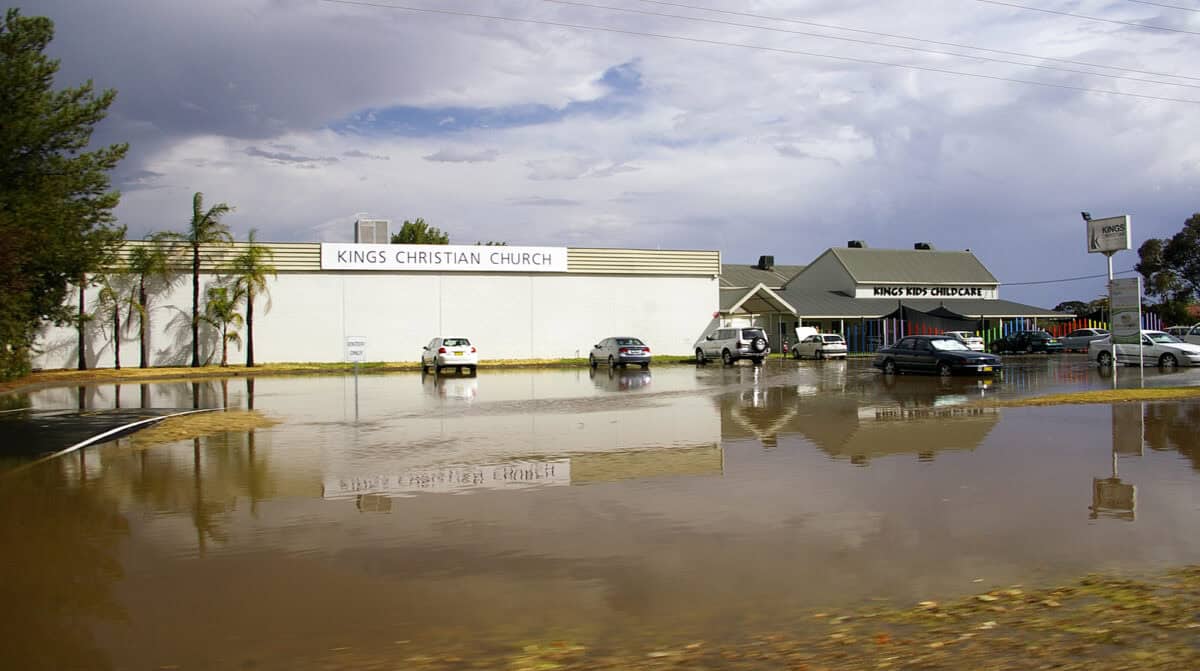
Moving at a rapid pace, the storm left a trail of destruction across several states. Initial damages included widespread power outages and infrastructure damage as power lines and communication towers were toppled. Rural areas suffered greatly as crops were flattened, impacting the agricultural backbone of the region.
The Human Impact

Communities in the storm’s path experienced significant disruptions. Emergency services were stretched thin as they responded to calls for assistance. Fortunately, early warnings and emergency preparedness minimized casualties, but the economic impact took months to recover from, with reconstruction efforts spanning multiple seasons.
The Response and Recovery
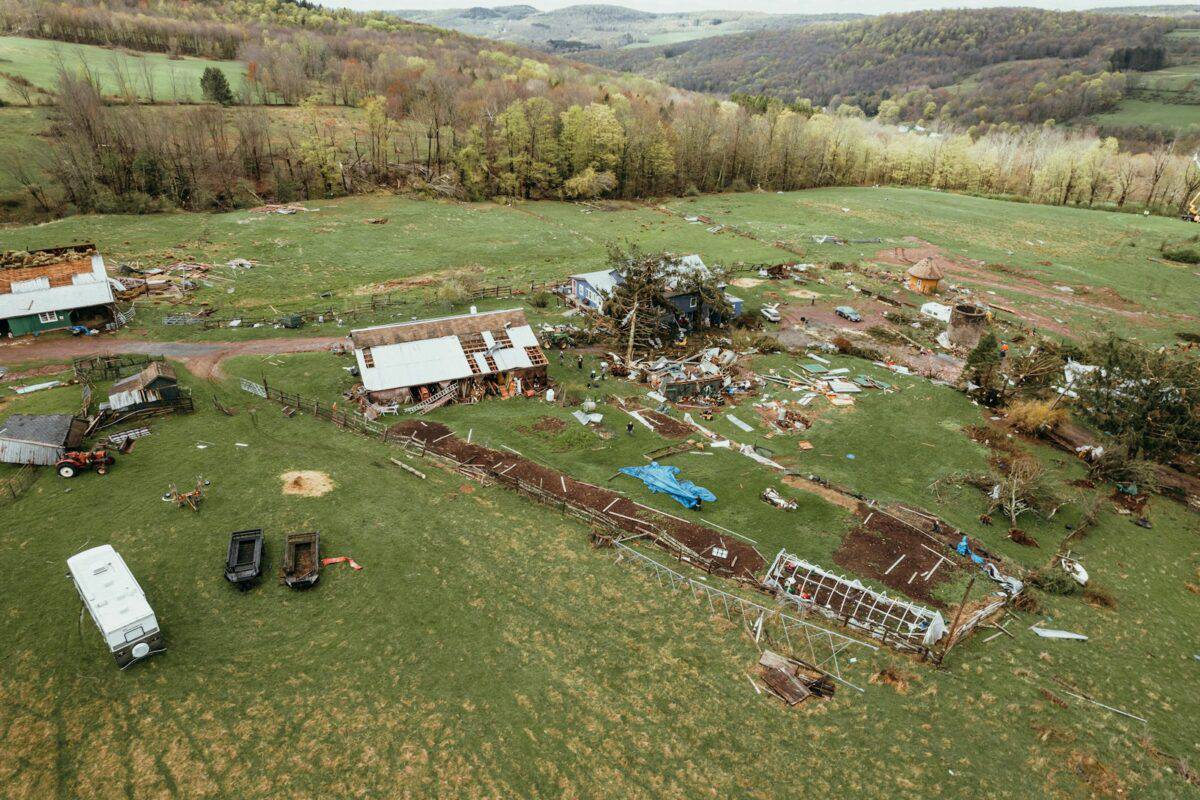
In the aftermath, local and federal agencies coordinated efforts to assist affected communities. Aid included financial support for rebuilding homes and infrastructure and emergency supplies for displaced residents. The storm underscored the importance of community readiness and robust emergency management plans.
The Meteorologists’ Perspective
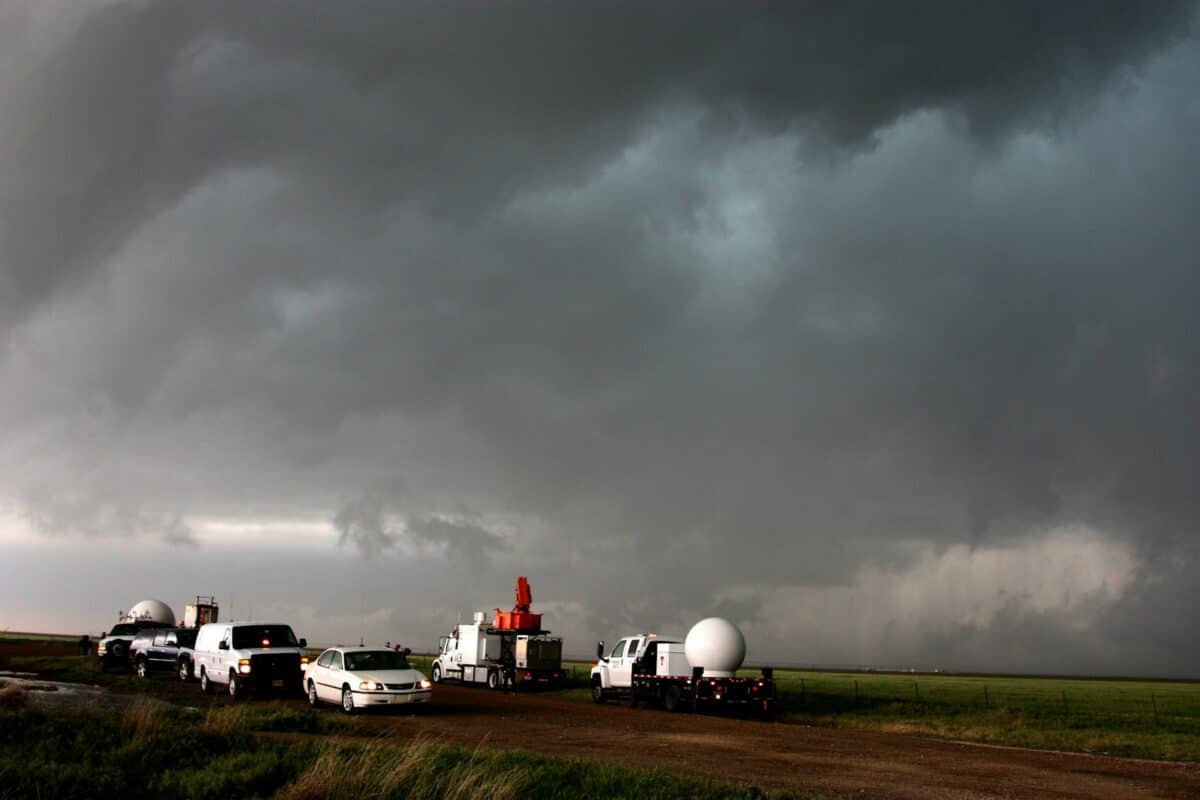
For meteorologists, this storm presented a case study for understanding the dynamics of severe weather. Detailed analysis of atmospheric readings before, during, and after the storm provided valuable data for enhancing predictive models, potentially improving future forecasting efforts and minimizing risks.
Learning from the Past
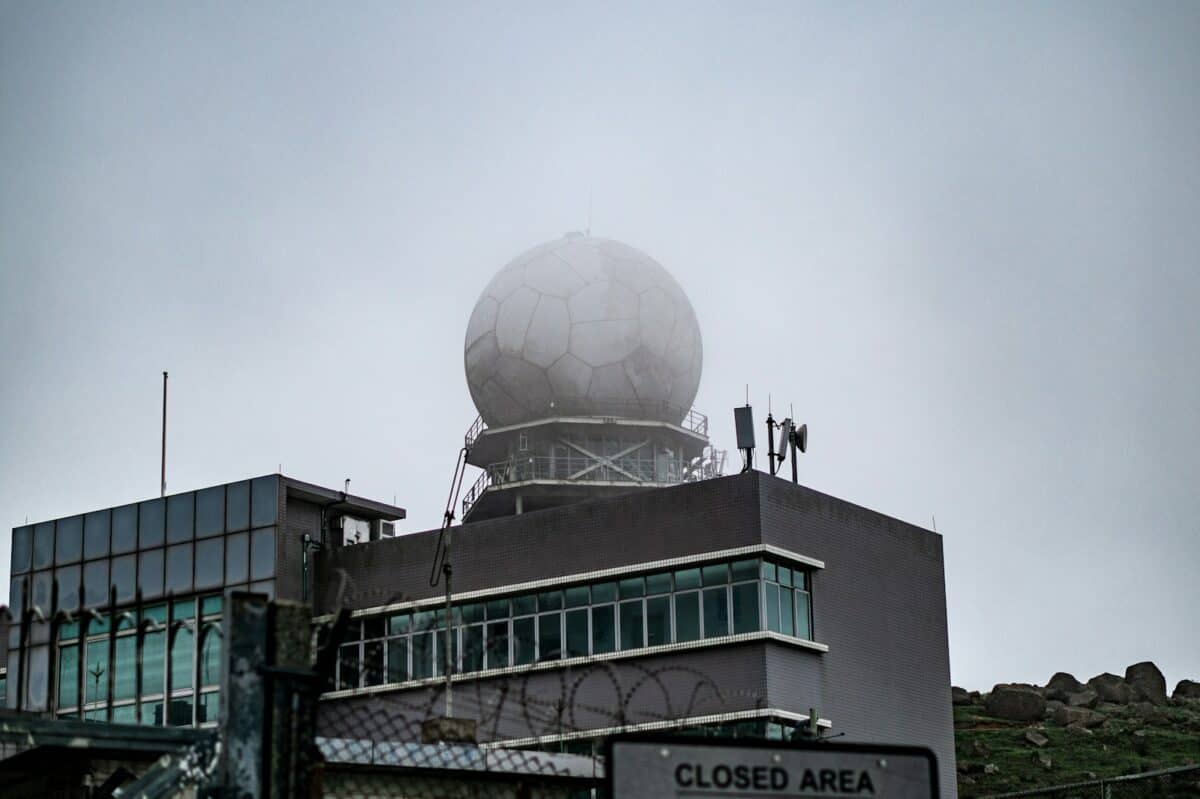
This storm highlighted the need for continued investment in weather monitoring technology and infrastructure. Improved radar systems and satellite technology have since been developed, offering faster and more precise detection of threatening weather patterns, allowing for more timely warnings.
Ensuring Future Preparedness

Community awareness and education have become a focus in the aftermath, emphasizing the significance of having a personal and family emergency preparedness plan. Workshops and drills are conducted regularly in schools and civic centers to ensure residents are ready when severe weather strikes.
The Legacy of the Thunderstorm

Ultimately, the storm that battered the Great Plains serves as a sobering reminder of nature’s power. Its legacy continues to influence scientific research, public policy, and community preparedness in the heartland of America. By learning from past events, the region is more equipped to face future challenges.
In conclusion, while the Great Plains is no stranger to severe weather, this particular storm remains one of the most violent on record. Its ferocity and the comprehensive response it necessitated provide valuable lessons not just for those living in the area, but for anyone in regions prone to extreme weather. Grounded in historical impact and scientific analysis, the lessons learned from this event contribute to improved safety and resilience in the face of nature’s unpredictable power.
- The Fish That Builds Nests - August 23, 2025
- The Insect That Ices Itself - August 23, 2025
- 15 Weirdest Things Fish Can Do - August 23, 2025

